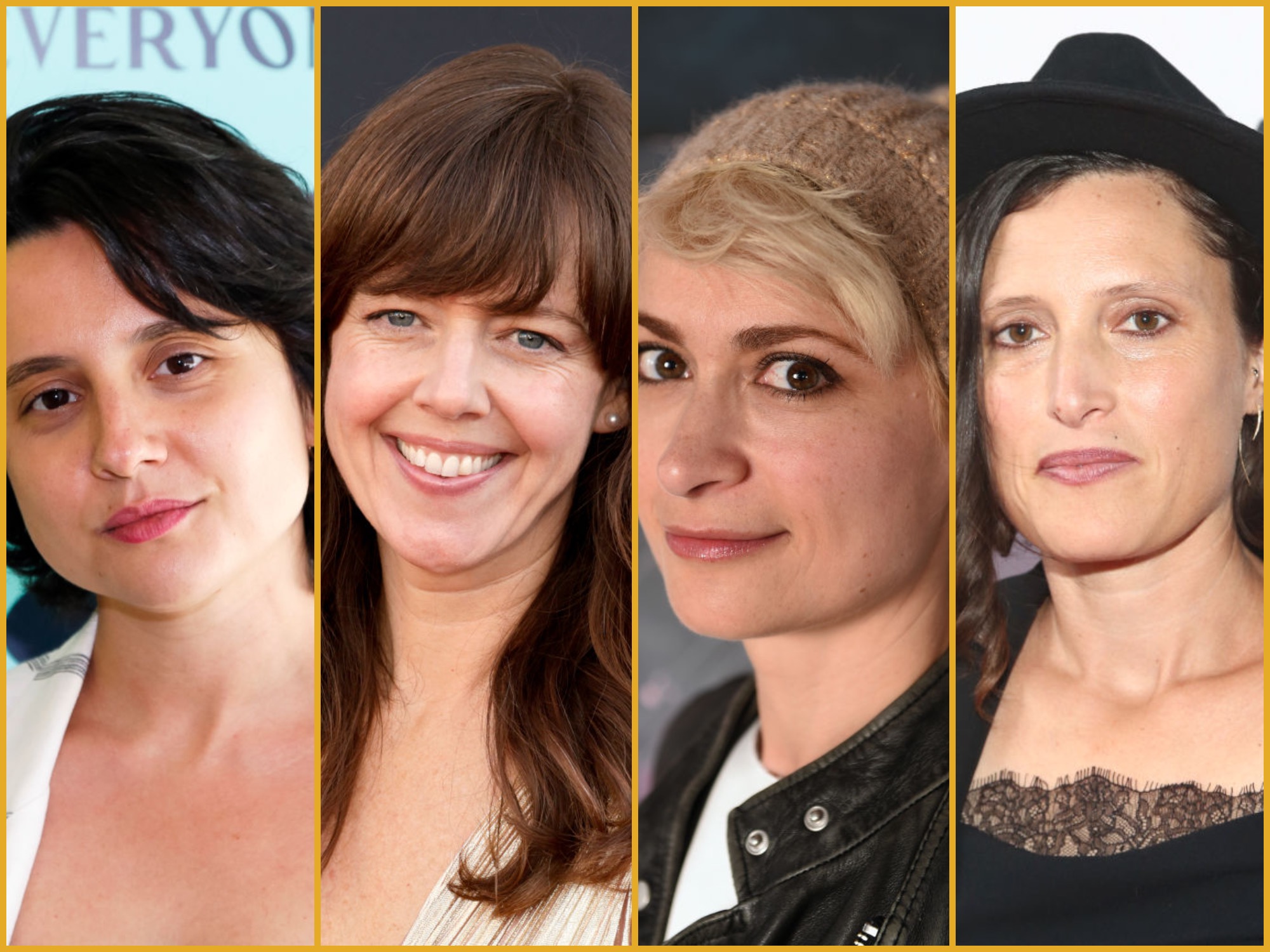
- Industry
Hollywood Still Doesn’t Look Through the Lens of Female Cinematographers
The death on October 2, 2021, of director of photography Halyna Hutchins, a victim of a gunshot while filming the western Rust, was much more than an accident that highlighted the danger of using firearms with ammunition on set.
Losing Hutchins also brought attention to the fact that there’s a small number of women who are working in cinematography.
“It was terrible news on so many levels because I see her and I see myself,” said director of photography Alice Brooks during an interview with the Hollywood Foreign Press Association (HFPA). “We are both of a similar age, have a son of a similar age and we are both moving towards larger productions in our careers, so the news broke my heart.”
Both Hutchins and Brooks also shared courage and fearlessness. “It is what is required of a woman to succeed because this is a frightening medium, where men have predominated for a hundred years,” added the DP who worked with director Lin-Manuel Miranda in tick, tick …BOOM!
If the film industry has been and continues to be, a male-dominated world, the cinematography field seems closed even tighter to women.
In a 2016 study, only five percent of the 250 major Hollywood releases that year had a female cinematographer. The figure has only gotten worse, with another report indicating that in 2021, while in other disciplines such as editing and scriptwriting, the presence of women was 18 and 12 percent, respectively, in the field of cinematography, it had fallen to three percent.
The worst figures were given by the American Society of Cinematographers (ASC), formed by the professionals on the field. Founded in 1919, the association admitted a woman to its ranks for the first time in 1980. Today, out of 390 members, only 18 are women, a figure which does not even reach five percent.
Rachel Morrison, the first woman nominated for an Oscar in the best cinematography category, remembers the day she entered the ASC more than her nomination.
“For the first time, I felt like I was being taken seriously,” said the Black Panther cinematographer, reflecting the same courage of Hutchins and Brooks. This lack of women in an art that she loves so much, far from discouraging her, appealed to her even more. “It was a challenge, doing something that is not expected of you,” Morrison recalled.
There is no clear reason for this gender inequality. The historian Pamela Hutchinson ventured the hypothesis – or rather, the myth – of the weight of the equipment.
“If it is difficult for them (men) to imagine a woman holding a camera, even more so an Oscar,” added the scholar with a certain irony, given the lack of professional recognition of women in this area. “It is a myth that it is due to weight, just as it is a myth that there are now more women because the cameras are lighter,” said Morrison.
Other countries such as France, Spain, the United Kingdom, and Germany, have it a little better although not yet to the point of celebration. At least that is the opinion expressed by Mexican cinematographer Pamela Albarrán when she received the Angenieux “special encouragement” award, given to a young cinematographic talent, at the Cannes Film Festival.
Albarrán dedicated herself to this artistic discipline after admiring the work of fellow Mexican Gabriel Figueroa, known for his work with Luís Buñuel in Nazarín, and other films.
She also enjoys the work of her contemporaries and fellowmen, Rodrigo Prieto, Guillermo Navarro, and Emmanuel Lubezki.
But she prefers to highlight women like Erika Licea, also Mexican, and Tatiana Cardenas, cinematographers who opened the doors. “To all of us who arrived a little later,” she told the press in Cannes.
“In film school, there were few women, but I thought it was normal, that there was little interest from women. I never considered why there was no parity,” she said, knowing that there are not only fewer women DPs but they also earn less for their work.
Carolina Costa, the Brazilian director of photography, said in an interview with the HFPA about her work on Wander Darkly. “I remember the moment I saw Natasha Braier, the Argentine cinematographer who lived in England like me at the time, go up on stage.
“When I saw her, I said to myself, I can do it too. My life changed that day. Since then, I had women mentors and people I admired. That is what I am trying to do now, to pave the way.
“It is very complicated for any minority, in front of or behind the camera, which means that you have to work two, three times more but the talent is there,” added this professional who lives between Mexico and Los Angeles, and who wants “Hollywood to stop talking and start doing.”
Morrison still remembers the opportunity given to her by another woman, Victoria Alonso, Argentine producer and executive vice president of Marvel.
Alonso offered Morrison a job on Black Panther after learning about her work on Mudbound and Fruitvale Station. “She also told me, ‘Don’t screw it up now because there are many of us who are watching.’ ”
Among the rising talents are Colombian director of photography for the series Black Lightning, Ana M. Amortegui; California native Katelin Arizmendi, in charge of the second unit of photography on DuneDoom Patrol and the new Netflix series Into the Night.
A new generation of cinematographers will emerge from the scholarship created at the American Film Institute in honor of Halyna Hutchins so that, as written in the dedication, this artist “continues to live in the spirit of all those who want to see their dreams come true in stories that are well told.”
Translated by Mario Amaya.

